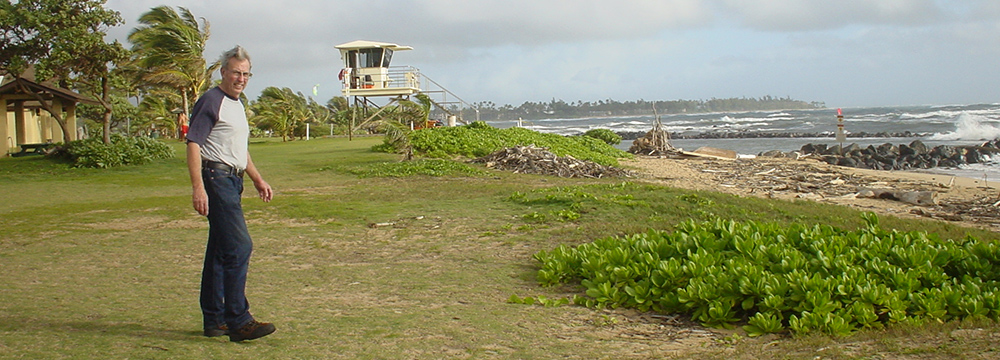Luke 5:1–11
Find a quiet place, alone and apart from distractions. Be comfortably alert, still, and at peace. Say the Lord’s Prayer. Say or sing the Jesus Prayer. Pray for family, friends, neighbors, and yourself. Slowly and carefully read the passage of Scripture.
1. Jesus’ fame had spread. Here was someone who healed diseases and cast out demons. By the lake of Gennesaret, also known as the Sea of Galilee and the Sea of Tiberias, a crowd had gathered to hear Him.
2. The crowd was “pressing in on Him” to the point it was unsafe, so Jesus got into one of two fishing boats, this one was Peter’s, floating nearby. Sitting in the boat, now the event under control, Jesus continued to teach.
3. After the teaching, Jesus asked Peter to put the boat out into deeper water and let down the fishing nets. Peter retorted that the waters had already been fished with no resulting catch, but he did as Jesus said to do.
4. A huge bunch of fish were netted, so many that the nets were breaking up and help was needed to drag the catch ashore.
5. Peter, seeing all of this, which was clearly miraculous, fell down at Jesus’ knees and begged Him to depart from him, and this because Peter knew that he was a guilty sinner and that Jesus was holy, without sin.
6. Jesus however told Peter not to be afraid and that from then on, he, Peter, would be a fisher of men. This is known as Peter’s call to be an apostle, the first of twelve.
7. With Peter were James and
John Zebedee, their fishing partners. Then not only Peter, but Andrew, James,
and John left “everything” and followed Jesus.
